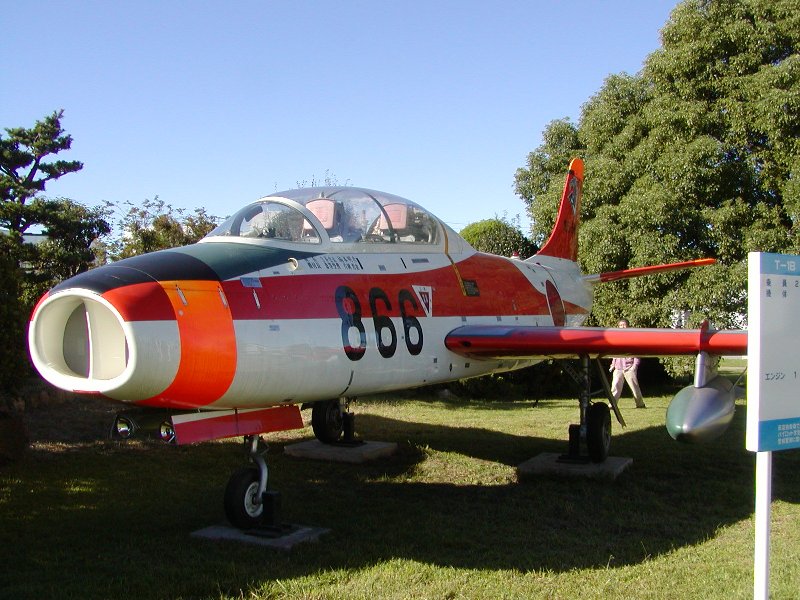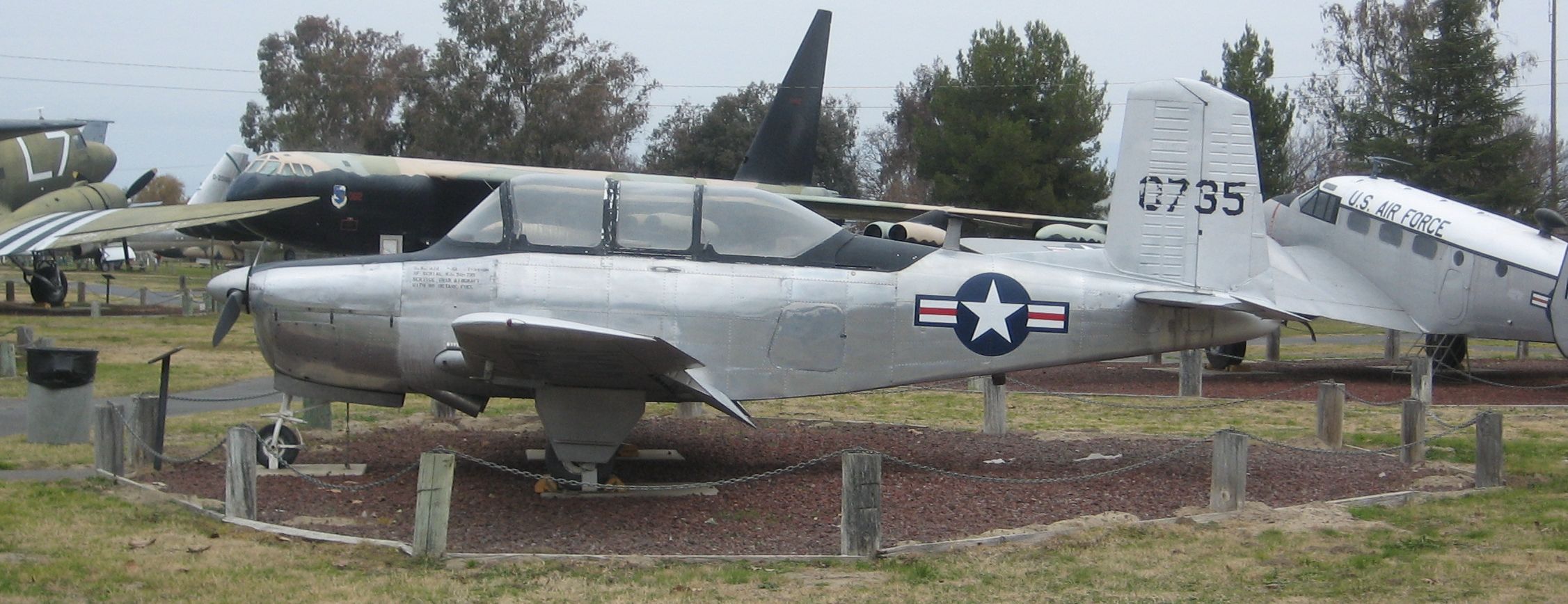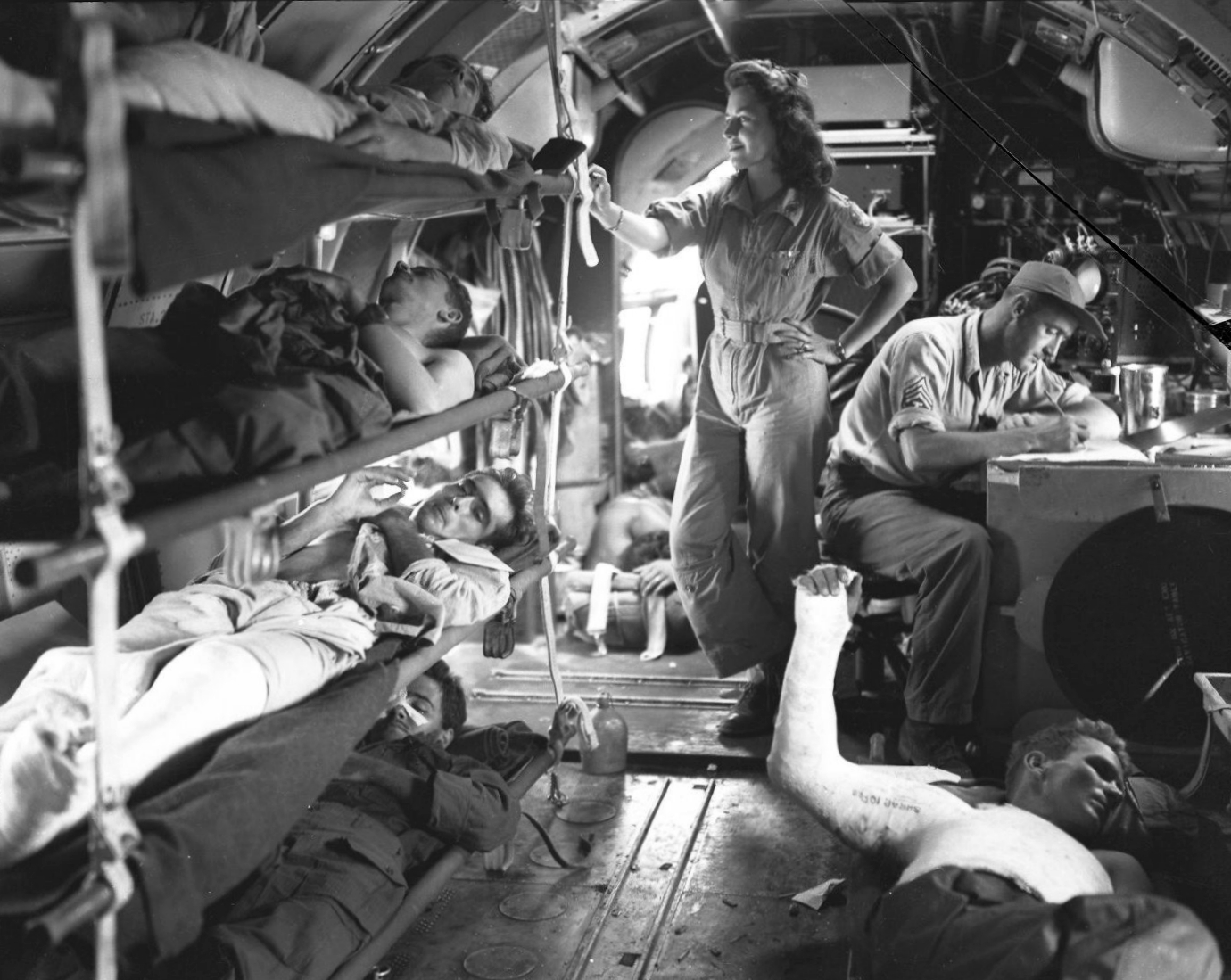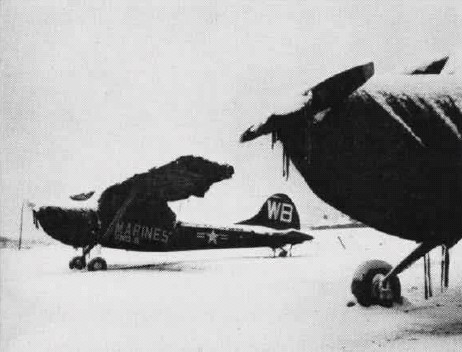|
List Of Military Aircraft Of Japan
This list of military aircraft of Japan includes project, prototype, pre-production and operational types regardless of era. This includes both domestically developed Japanese designs, licensed variants of foreign designs, and foreign-produced aircraft that served in the military of Japan. Japanese names are used here, not World War II Allied codenames. The prefix "Ki" in this list is an abbreviation of "Kitai", meaning "airframe", and was used only by the Imperial Japanese Army Air Force. "Ki" should be read as one word. For clarification on other designations, particularly those used by the Navy, see Japanese military aircraft designation systems. ''(Note: " - " indicates information is unknown or not applicable.)'' Post-1945 Pre-1945 See also * List of aircraft of Japan, World War II References Citations Bibliography * {{DEFAULTSORT:Military Aircraft Of Japan * Japanese military-related lists Japan Military Aircraft ... [...More Info...] [...Related Items...] OR: [Wikipedia] [Google] [Baidu] |
Japanese Military Aircraft Designation Systems
The Japanese military aircraft designation systems for the Imperial period (pre-1945) had multiple designation systems for each armed service. This led to the Allies' use of code names during World War II, and these code names are still better known in English-language texts than the real Japanese names for the aircraft. A number of different schemes were simultaneously in use. Imperial Japanese Navy Air Service The used several different aircraft designation systems simultaneously. Between 1931 and 1945, aircraft had ''Shi'' numbers designating the specification they were designed to. They also had a long form of Type and Model Number system used between 1920 and 1943, a short designation system akin to that of the United States Navy in use between the late 1920s and 1945, a system of popular names introduced to replace type numbers from 1943 through 1945. Specification ''Shi'' numbers Japanese Navy specifications from 1931 were given an experimental, or ''Shi'' (試) number ... [...More Info...] [...Related Items...] OR: [Wikipedia] [Google] [Baidu] |
Boeing KC-767J
The Boeing KC-767 is a military aerial refueling and strategic transport aircraft developed from the Boeing 767-200ER. The tanker received the designation KC-767A, after being selected by the U.S. Air Force (USAF) initially to replace older KC-135Es. In December 2003, the contract was frozen and later canceled due to corruption allegations. The tanker was developed for the Italian and Japanese air forces, who ordered four tankers each. Financing of the development of the aircraft has largely been borne by Boeing, in the hope of receiving major orders from the USAF. Boeing's revised KC-767 proposal to the USAF was selected in February 2011 for the KC-X program under the designation KC-46. Development Commercial Derivative Air Refueling Aircraft At the start of the 2000s a considerable and sudden increase in their maintenance costs was leading the U.S. Air Force to run a procurement program for the replacement of around 100 of its oldest KC-135E Stratotankers. Most USAF ... [...More Info...] [...Related Items...] OR: [Wikipedia] [Google] [Baidu] |
Fuji T-3
The Fuji T-3 is a primary military trainer aircraft used by the Japan Air Self Defense Force, manufactured by Fuji Heavy Industries. Its first flight was in 1978. In the course of its service life, 50 units were produced. It is being replaced by the Fuji T-7. Development The KM-2B was a further development of the Fuji KM-2 (itself a four-seat development of the T-34 Mentor with a more powerful engine) for use as a primary trainer for the Japan Air Self-Defense Force (JASDF). It combined the structure and engine of the KM-2 with the tandem cockpit of the T-34 Mentor. Its first flight was on 17 January 1978. Fifty were purchased by the JASDF as the Fuji T-3, and production continued until 1982. Operational history The Fuji T-3 served with the 11 and 12 Hiko Kyoikudan (flying training wings) of the JASDF. It is currently being replaced with the Fuji T-7, a turboprop variant of the T-3 with a Allison 250 engine. Operators ;: Japan Air Self-Defense Force The , , also ... [...More Info...] [...Related Items...] OR: [Wikipedia] [Google] [Baidu] |
Fuji T-1
The Fuji T-1 was Japan's first jet-powered trainer aircraft. Its first flight was in January 1958. A total of 66 T-1 planes were built.Simpson 2001, p.246 It was retired in March 2006. Design and development After World War II, Japanese aircraft industry was banned from research as well as the destruction of materials and equipment related to aircraft. In 1952, a partial ban on aircraft research was lifted, making it possible to develop Japan's own domestic jet aircraft. In the spring of 1954, the Defense Agency's plan to develop a training jet aircraft emerged, which later lead to the development of the T-1 training plane. The T-1 was the first indigenously designed Japanese jet aircraft to be developed since World War II. It was Japan's first mass-produced jet and the first aircraft to apply a swept wing. The development of a domestic jet engine was not completed in time, so the T-1A was powered by the British-designed Bristol Siddeley Orpheus turbojet and made its first fli ... [...More Info...] [...Related Items...] OR: [Wikipedia] [Google] [Baidu] |
Fuji KM-2
The Fuji KM-2 is a Japanese propeller-driven light aircraft, which was developed by Fuji Heavy Industries from the Beech T-34 Mentor which Fuji built under licence. Various versions have been used as primary trainers by the Japan Self-Defense Forces, with the KM-2B remaining in service with the Japan Air Self-Defense Force. Design and development Fuji Heavy Industries was established in July 1952 in aviation, 1952 as a successor to Nakajima Aircraft Company, Nakajima, and undertook licensed production of the Beech T-34 trainer aircraft as its first product. This was used by Fuji for the development of the Fuji LM-1 Nikko which was a four-seat liaison aircraft powered by a 225 hp Continental O-470 engine, with introduction of a more powerful 340 hp Lycoming O-480 engine resulting in redesignation as the LM-2, with both the LM-1 and LM-2 being used by the Japan Ground Self-Defense Force. The KM was a four-seat civil version of the LM-1, fitted with the more powerful Lyc ... [...More Info...] [...Related Items...] OR: [Wikipedia] [Google] [Baidu] |
T-34 Mentor
The Beechcraft T-34 Mentor is an American propeller-driven, single-engined, military trainer aircraft derived from the Beechcraft Bonanza, Beechcraft Model 35 Bonanza. The earlier versions of the T-34, dating from around the late 1940s to the 1950s, were piston engine, piston-engined. These were eventually succeeded by the upgraded T-34C Turbo-Mentor, powered by a turboprop engine. The T-34 remains in service more than seven decades after it was first designed. Design and development The T-34 was the brainchild of Walter Beech, who developed it as the Beechcraft Model 45 private venture at a time when there was no defense budget for a new trainer model. Beech hoped to sell it as an economical alternative to the North American T-6 Texan, North American T-6/SNJ Texan, then in use by all services of the U.S. military. Three initial design concepts were developed for the Model 45, including one with the Bonanza's signature V-tail, but the final design that emerged in 1948 incor ... [...More Info...] [...Related Items...] OR: [Wikipedia] [Google] [Baidu] |
Fuji LM-1 Nikko
The Fuji LM-1 Nikko is a Japanese light communications aircraft of the 1950s. Development Fuji Heavy Industries built 176 Beech T-34 Mentor two-seat training aircraft under licence in the early 1950s. Fuji then redesigned the basic Mentor as a four-seat communications aircraft under the designation LM-1. A new lengthened centre fuselage was added to the Mentor's wing, undercarriage and tail assembly. 27 LM-1s were produced during 1955-1956. Operational history The LM-1s were delivered to the Japanese Air Self-Defense Force (JASDF) and were used for communications and general duties. After withdrawal from operation, several LM-1s were sold on the U.S. civil market and are flown by civil pilots as "warbirds". Variants ;LM-1: four-seat communications aircraft with 225 h.p. (168 kW) Continental engine (27 built) ;LM-2: higher-powered version with 340 h.p. (254 kW) Lycoming engine (2 built) ;RTAF-2: a variant developed in Thailand by Thai Aviation Industry.Forsgre ... [...More Info...] [...Related Items...] OR: [Wikipedia] [Google] [Baidu] |
Eurocopter TH-135
The Eurocopter EC135 (now Airbus Helicopters H135) is a twin-engine civil light utility helicopter produced by Airbus Helicopters (formerly known as Eurocopter). It is capable of flight under instrument flight rules (IFR) and is outfitted with a digital automatic flight control system (AFCS). First flying on 15 February 1994, it entered service in 1996 and 1,400 have been delivered up to September 2020 to 300 operators in 60 countries, accumulating over 5 million flight hours. It is mainly used for helicopter emergency medical services, corporate transport, law enforcement, offshore wind support, and military flight training. Half of them are in Europe and a quarter in North America. The H135M, certified under the name Eurocopter EC635, is a military variant. Development Origins The H135 started development prior to the formation of Eurocopter under Messerschmitt-Bölkow-Blohm (MBB) under the designation Bo 108 in the 1970s. MBB developed it in partnership with Aérospatiale, t ... [...More Info...] [...Related Items...] OR: [Wikipedia] [Google] [Baidu] |
Douglas R4D
The Douglas C-47 Skytrain or Dakota (RAF, RAAF, RCAF, RNZAF, and SAAF designation) is a military transport aircraft developed from the civilian Douglas DC-3 airliner. It was used extensively by the Allies during World War II and remained in front-line service with various military operators for many years.Parker 2013, pp. 13, 35, 37, 39, 45-47. Design and development The C-47 differed from the civilian DC-3 by way of numerous modifications, including being fitted with a cargo door, hoist attachment and strengthened floor - along with a shortened tail cone for glider-towing shackles, and an astrodome in the cabin roof.Wilson, Stewart. ''Aircraft of WWII''. Fyshwick, ACT, Australia: Aerospace Publications Pty Ltd., 1998. . During World War II, the armed forces of many countries used the C-47 and modified DC-3s for the transport of troops, cargo, and wounded. The U.S. naval designation was R4D. More than 10,000 aircraft were produced in Long Beach and Santa Monica, California, ... [...More Info...] [...Related Items...] OR: [Wikipedia] [Google] [Baidu] |
Curtiss C-46 Commando
The Curtiss C-46 Commando is a twin-engine transport aircraft derived from the Curtiss CW-20 pressurised high-altitude airliner design. Early press reports used the name "Condor III" but the Commando name was in use by early 1942 in company publicity. It was used as a military transport during World War II by the United States Army Air Forces and also the U.S. Navy/ Marine Corps, which called it R5C. The C-46 served in a similar role to its Douglas-built counterpart, the C-47 Skytrain, but it was not as extensively produced as the latter. After World War II, a few surplus C-46 aircraft were briefly used in their original role as passenger airliners but the glut of surplus C-47s dominated the marketplace and the C-46 was soon relegated to cargo duty. The type continued in U.S. Air Force service in a secondary role until 1968. The C-46 continues in operation as a rugged cargo transport for arctic and remote locations with its service life extended into the 21st century. Design ... [...More Info...] [...Related Items...] OR: [Wikipedia] [Google] [Baidu] |
Cessna L-19 Bird Dog
The Cessna L-19/O-1 Bird Dog is a liaison and observation aircraft. It was the first all-metal fixed-wing aircraft ordered for and by the United States Army following the Army Air Forces' separation from it in 1947. The Bird Dog had a lengthy career in the U.S. military, as well as in other countries. Design and development The U.S. Army was searching for an aircraft that could adjust artillery fire, as well as perform liaison duties, and preferably be constructed of all metal, as the fabric-covered liaison aircraft used during World War II (primarily Stinson and Piper products) had short service lives. After the specification for a two-seat liaison and observation monoplane was issued the Cessna Aircraft Company submitted the Cessna Model 305A, a development of the Cessna 170. The Cessna 305A was a single-engine, lightweight, strut-braced, high-wing monoplane with a tailwheel landing gear. The greatest difference from the Cessna 170 was that the 305A had only two seats, in ... [...More Info...] [...Related Items...] OR: [Wikipedia] [Google] [Baidu] |
Cessna 206
The Cessna 205, 206, and 207, known primarily as the Stationair (and marketed variously as the Super Skywagon, Skywagon and Super Skylane) are a family of single-engined, general aviation aircraft with fixed landing gear, used in commercial air service as well as for personal use. The family was originally developed from the popular retractable-gear Cessna 210 and produced by the Cessna Aircraft Company. The line's combination of a powerful engine, rugged construction and a large cabin has made these aircraft popular bush planes. Cessna describes the 206 as "the sport-utility vehicle of the air." These airplanes are also used for aerial photography, skydiving and other utility purposes. They can also be equipped with floats, amphibious floats and skis. Alternatively, they can be fitted with luxury appointments for use as a personal air transport. From 1962 to 2006 Cessna produced 8,509 aircraft in the 205, 206 and 207 variants. The aircraft remains in production. Developme ... [...More Info...] [...Related Items...] OR: [Wikipedia] [Google] [Baidu] |







